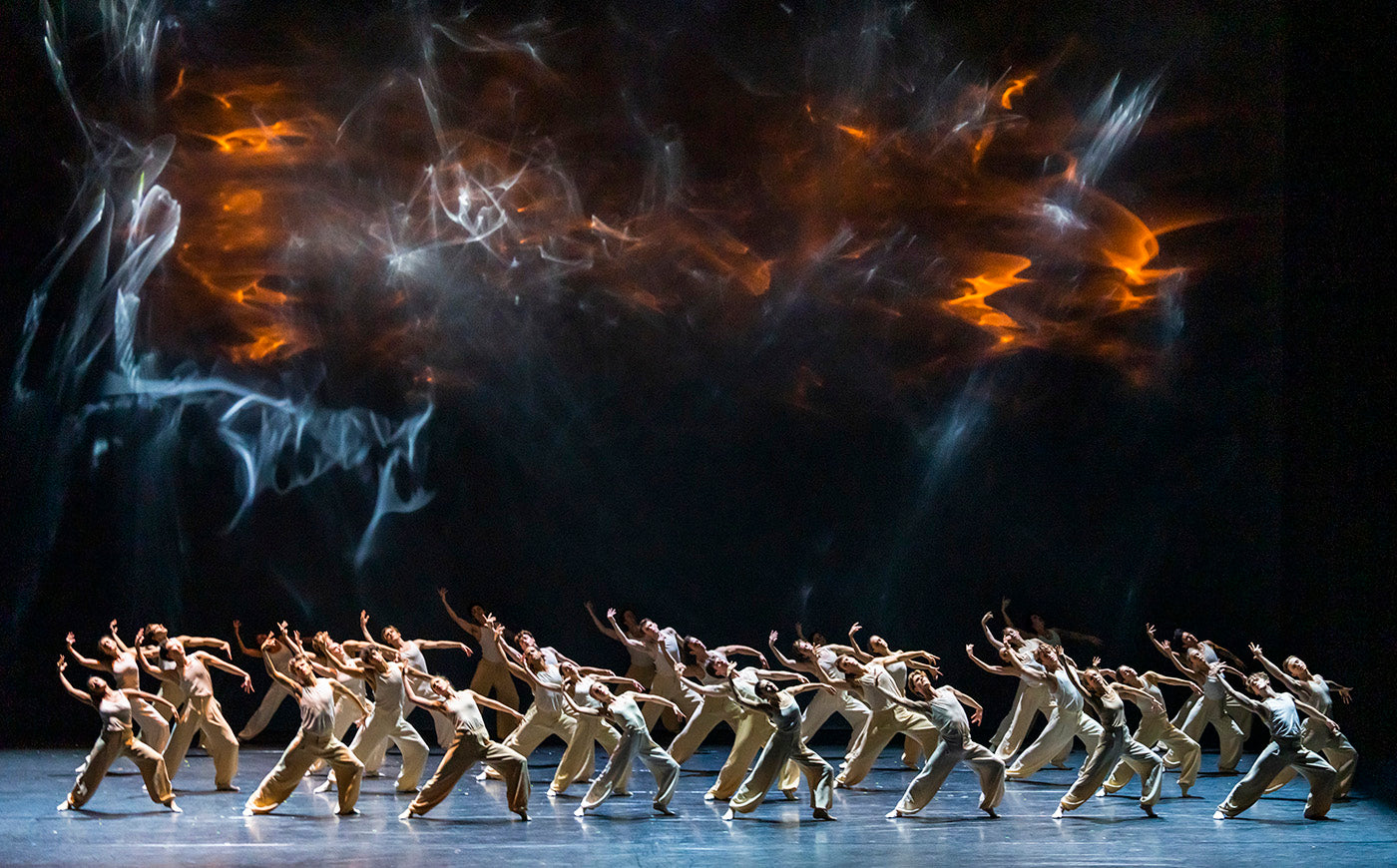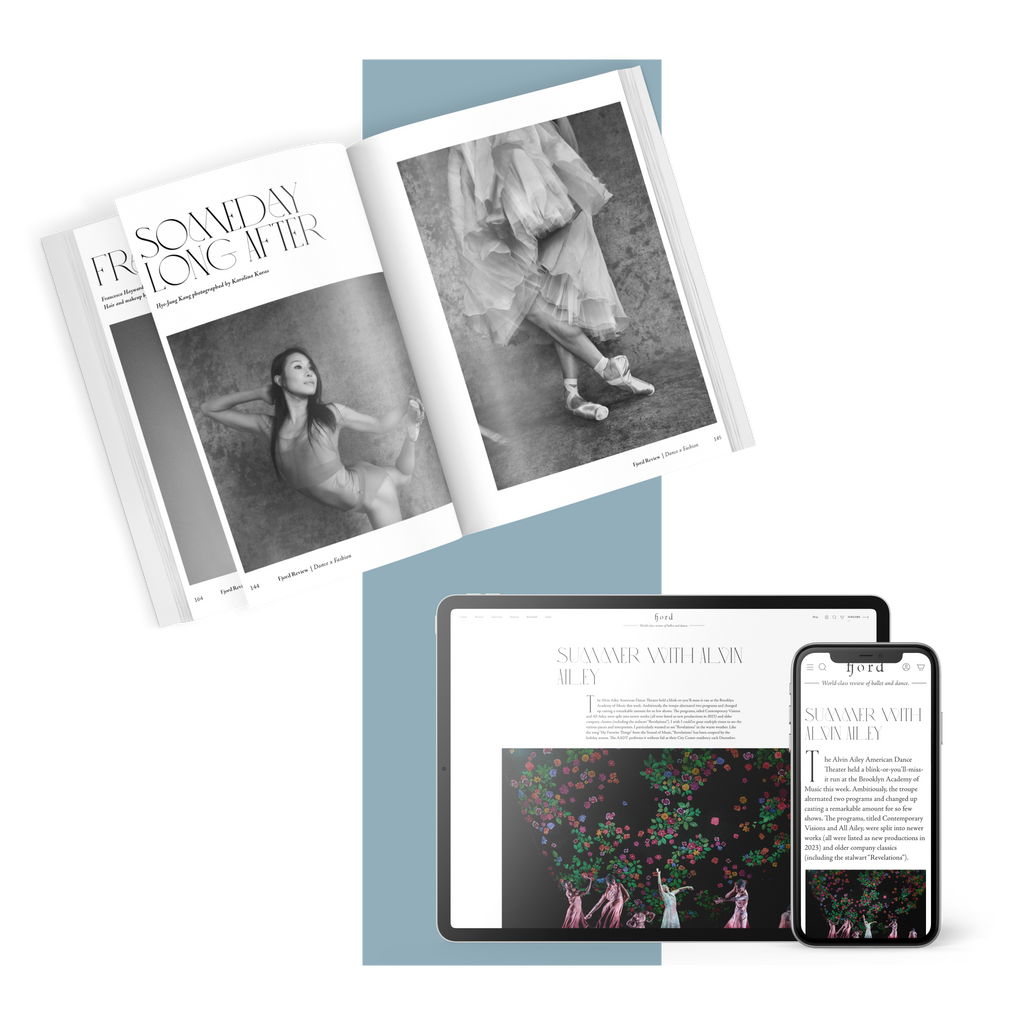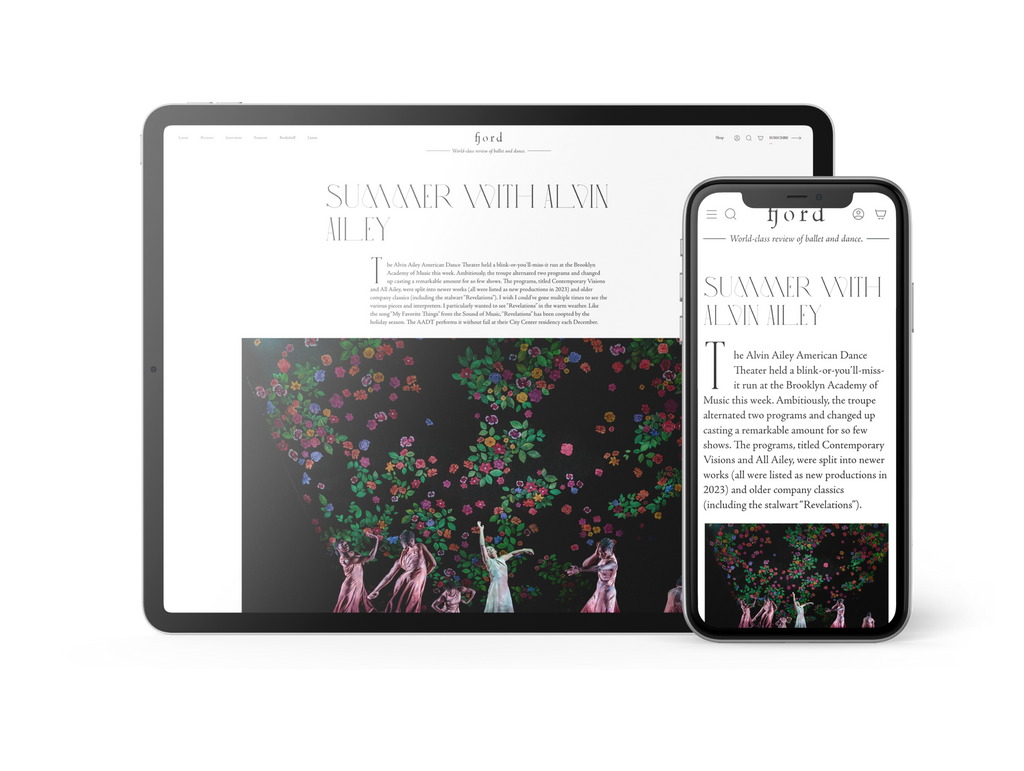Breakaway
A rehabilitated 117-year-old power plant situated on the Gowanus Canal in Brooklyn, once a toxic waste site, now houses an amazing new contemporary arts hub—Powerhouse Arts.
Continue Reading
World-class review of ballet and dance.
Crystal Pite’s “Flight Pattern,” created for the Royal Ballet in 2017, was noteworthy not just for its elegant storytelling but also its status as the first female-choreographed ballet to hit Covent Garden’s main stage this century. The half-hour ballet thrived on the power of the collective, marshalling three dozen dancers to tell an urgent chronicle about unity and strife, bodies breathing as one.
Performance
Place
Words

The Royal Ballet in “Light of Passage” by Crystal Pite. Photograph by Tristram Kenton


“Uncommonly intelligent, substantial coverage.”
Your weekly source for world-class dance reviews, interviews, articles, and more.
Already a paid subscriber? Login
A rehabilitated 117-year-old power plant situated on the Gowanus Canal in Brooklyn, once a toxic waste site, now houses an amazing new contemporary arts hub—Powerhouse Arts.
Continue ReadingTo say the least, the true story of a juvenile axe murderer seems unlikely to inspire a ballet. But the legends surrounding the late nineteenth-century murders of Lizzie Borden’s father Andrew and her stepmother, Abby persist, perhaps because Lizzie was ultimately acquitted, and no other suspect was ever identified or brought to justice.
Continue ReadingThe National Ballet of Japan’s rendition of the Frederick Ashton classic, “Cinderella,” offers an authentic taste of English tradition, subtly flavored by Japanese aesthetics.
Continue ReadingAs October starts to draw to an end, so too does Dance Umbrella, London’s annual international dance festival. Having worked their way through the Barbican and Sadler’s Wells East, one of the final programmes is on at the Place—which has had an especially impressive Autumn season.
Continue Reading
comments